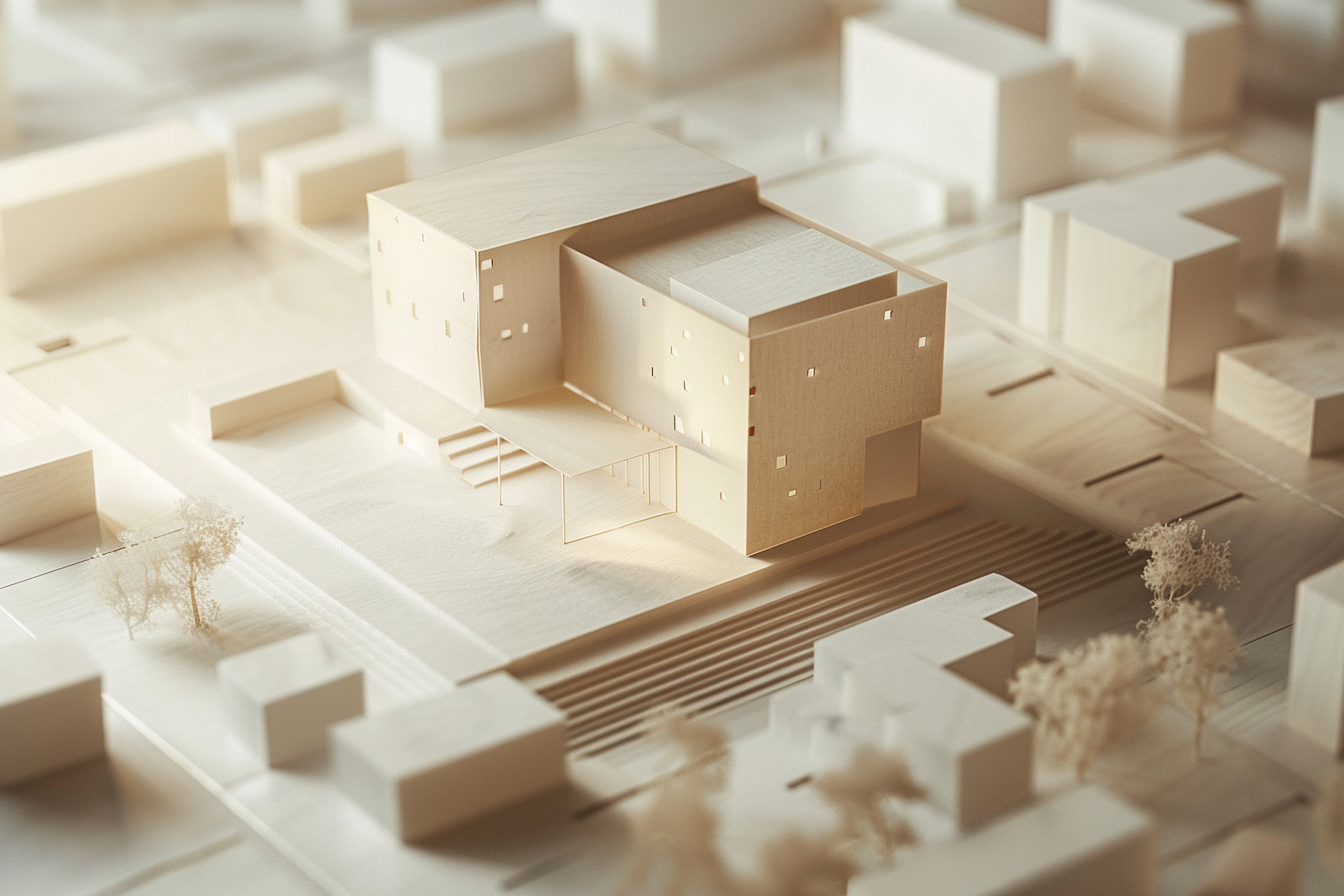Spatial Hierarchies

1. Introduction
Spatial hierarchy refers to the deliberate arrangement of spaces based on their relative importance, function, and relationship within a building or environment. It is a fundamental design principle in architecture, guiding how users perceive, navigate, and engage with a space. For recent architecture graduates transitioning into practice, understanding spatial hierarchies is crucial. It bridges conceptual design with user experience, supports functional programming, and enhances circulation and zoning strategies. Without a thoughtful hierarchy, even the most beautiful design may fail to perform or inspire. This article explores the theoretical foundation of spatial hierarchies, methods of implementation, relevant case studies, and practical tools for young professionals.
2. Understanding Spatial HierarchiesDefinition: Spatial hierarchy organizes architectural spaces by assigning different levels of significance based on function, symbolism, access, or size. Key elements of hierarchy:
- Primary vs. Secondary Spaces: Main gathering areas (e.g., living rooms, lobbies) versus support spaces (e.g., storage rooms, corridors).
- Sequence and Procession: A deliberate spatial journey often reinforces hierarchy (e.g., entry -> lobby -> central hall).
- Form and Scale: Size, volume, and proportion express importance.
- Material and Light: Richer materials or better natural light often signify higher status.
3. Principles of Spatial Organization3.1 Axial Organization: Spaces arranged along a central axis often reflect a strong hierarchy (e.g., palaces, temples).
3.2 Centralized Planning: Centralized dominant space surrounded by subordinate ones (e.g., Pantheon in Rome).
3.3 Symmetry and Asymmetry: Symmetrical layouts suggest formal hierarchy; asymmetry may denote a hierarchy based on function or experience.
Pro Tip: Always analyze how users will approach and transition through spaces. Hierarchy should be felt before it is seen.
4. Factors That Influence Spatial Hierarchies
- Function: Public spaces (e.g., auditorium) need higher hierarchy than service spaces.
- Scale: In larger buildings, multiple levels of hierarchy may exist (e.g., campus, building, room).
- Cultural Context: In some cultures, religious or familial spaces carry deeper significance.
- Programmatic Adjacencies: Grouping related functions can support both wayfinding and efficiency.
- Visual Connection and Thresholds: Framing views, aligning sightlines, or using contrasting thresholds can reinforce transitions.
5. Case Study 1: Villa Savoye by Le CorbusierLocation: Poissy, France
Completed: 1931 Le Corbusier's modernist icon demonstrates a clear spatial hierarchy through its ramp sequence, open plan, and zoning. The ground floor functions as a service zone and entry, while the main living spaces float above in an open plan with superior views and light. The rooftop terrace acts as the ultimate destination in the spatial sequence.
- Hierarchy by procession: The user is guided upwards through gradual unfolding of spaces.
- Hierarchy by elevation and light: Upper floors are more important and receive better lighting.
Pro Tip: In projects with height restrictions, use material contrast and ceiling heights to establish hierarchy instead of elevation.
6. Case Study 2: National Assembly Building by Louis KahnLocation: Dhaka, Bangladesh
Completed: 1982 Louis Kahn masterfully structured hierarchy through mass, light, and rhythm. The main assembly chamber sits as a central volume within a geometric form. Outer spaces house administrative functions, clearly subordinate.
- Hierarchy by form: Monumental geometry emphasizes the importance of democratic space.
- Hierarchy by light: Strategic skylights highlight ceremonial zones.
- Hierarchy by access: Public access is controlled, reinforcing importance.
7. Tools and Techniques for Implementing Spatial Hierarchy
7.1 Programming and Bubble Diagrams
Start by categorizing spaces in the brief: core, semi-public, private, service. Use bubble diagrams to test adjacency and priority.
7.2 Massing Studies
Explore form through volumetric models—digital or physical—to highlight dominant spaces.
7.3 Circulation Diagrams
Map pathways and transitions. More important spaces often demand clearer or more ceremonial access.
7.4 Material and Light Studies
Use light studies to elevate prominent zones. Material palettes should subtly reinforce hierarchy.
Pro Tip: Always validate your spatial hierarchy through physical walkthroughs or VR models—users will experience hierarchy through movement.
8. Conclusion Spatial hierarchies are more than aesthetic decisions—they structure how we use, experience, and remember buildings. For recent graduates, mastering this principle means learning to prioritize both design intent and user experience. By organizing spaces with clear relationships, designers can guide behavior, reinforce purpose, and ensure functional clarity. Whether working on a house or a civic building, spatial hierarchy is a foundational skill that translates across scale, culture, and program.
Quick Summary
- Spatial hierarchy organizes spaces by importance and relationship.
- It is expressed through scale, light, material, access, and form.
- Strong hierarchies support circulation, wayfinding, and functionality.
- Case studies like Villa Savoye and the National Assembly Building reveal best practices.
- Diagrams, light studies, and massing models are key design tools.
Pro Tip: Hierarchy should always reflect the project’s story—whether social, spiritual, or experiential. Ask: What space tells the story best, and how can others support it?